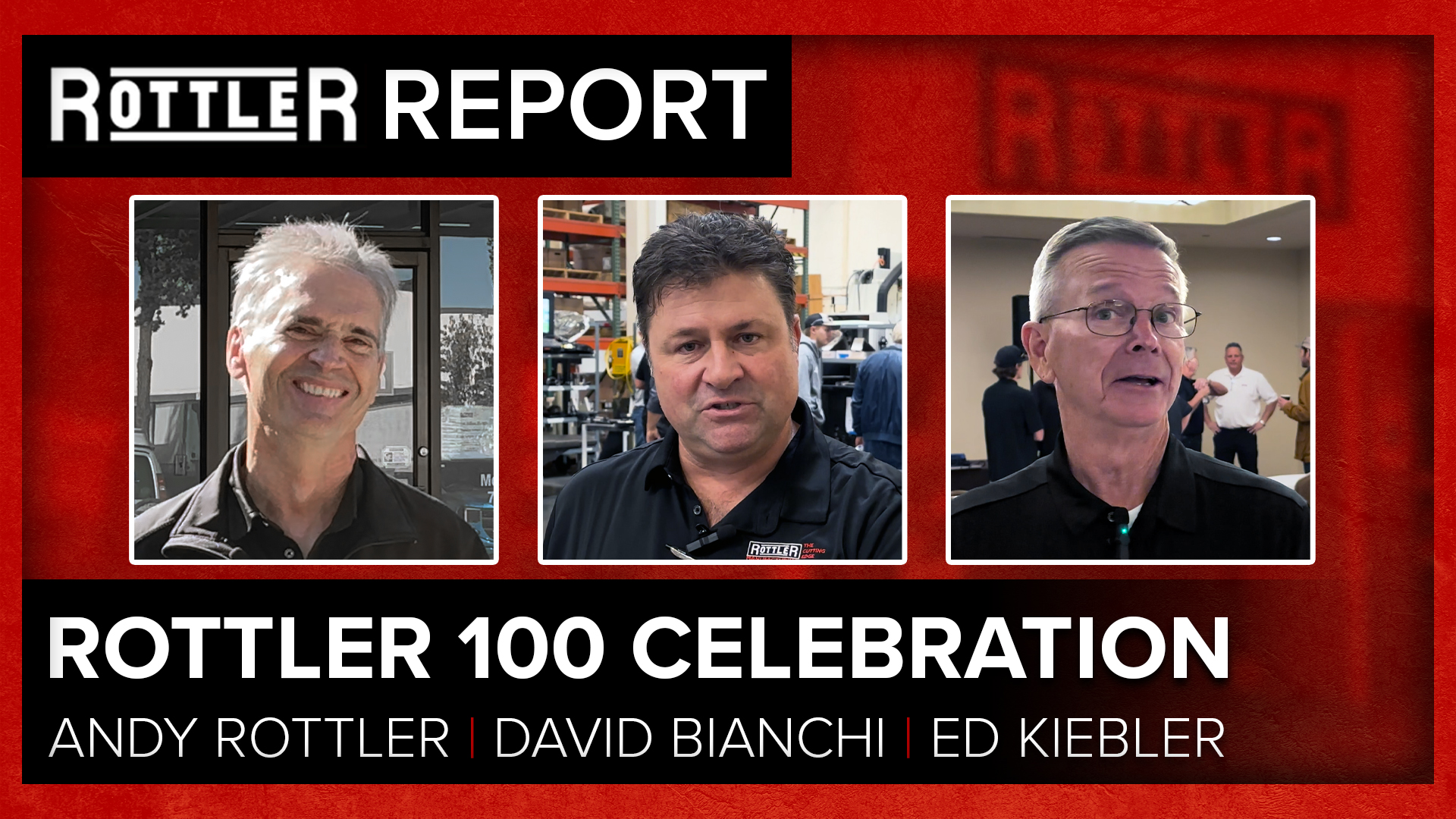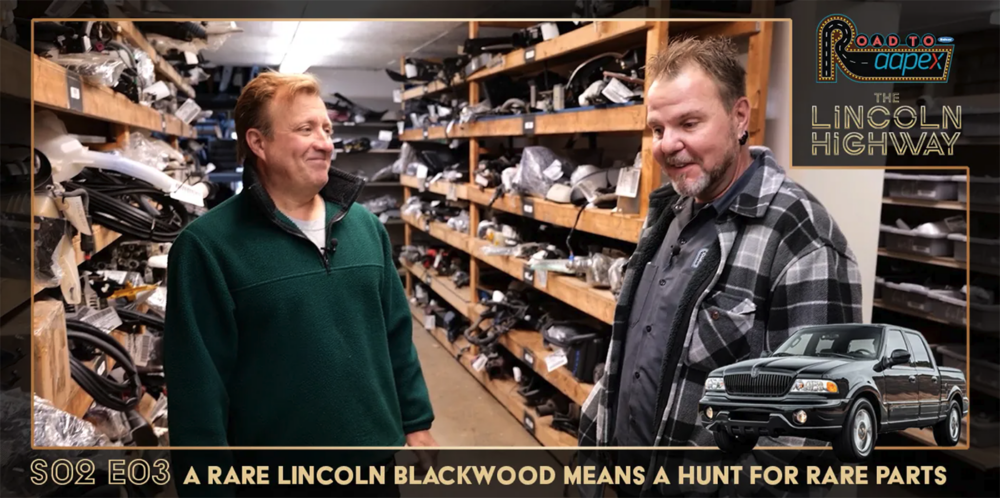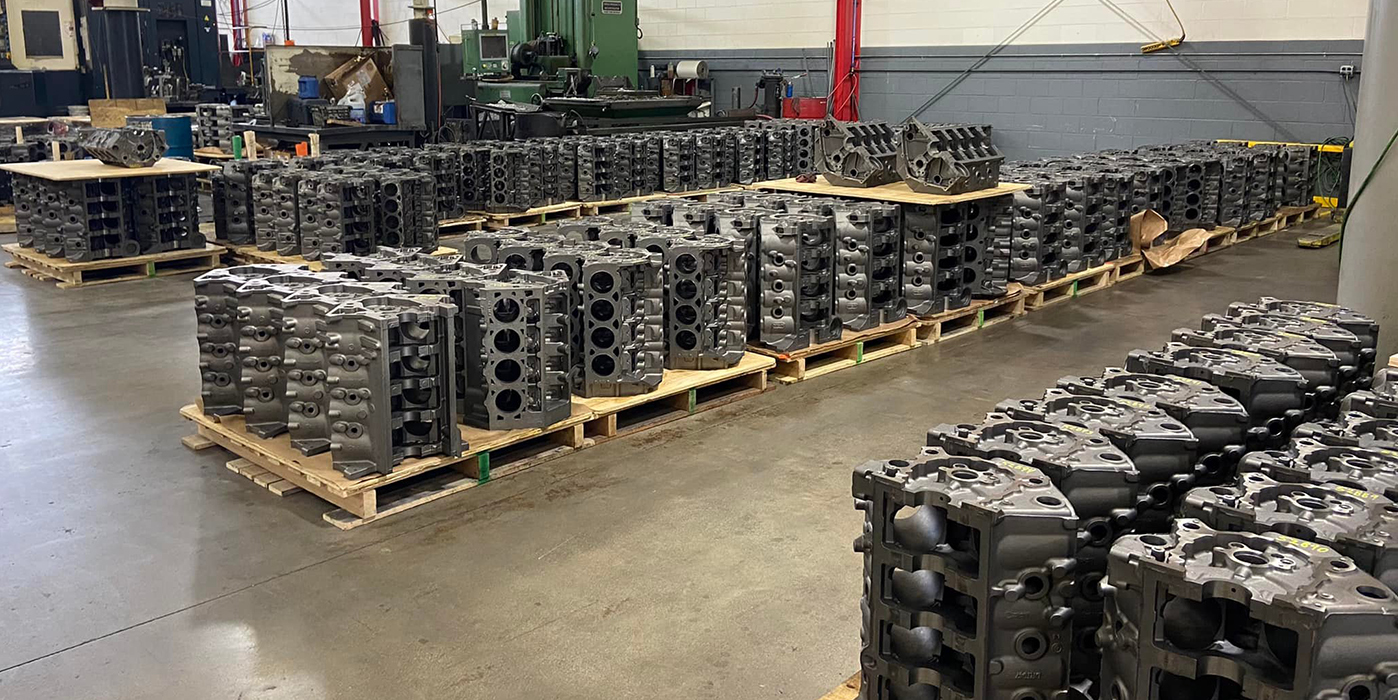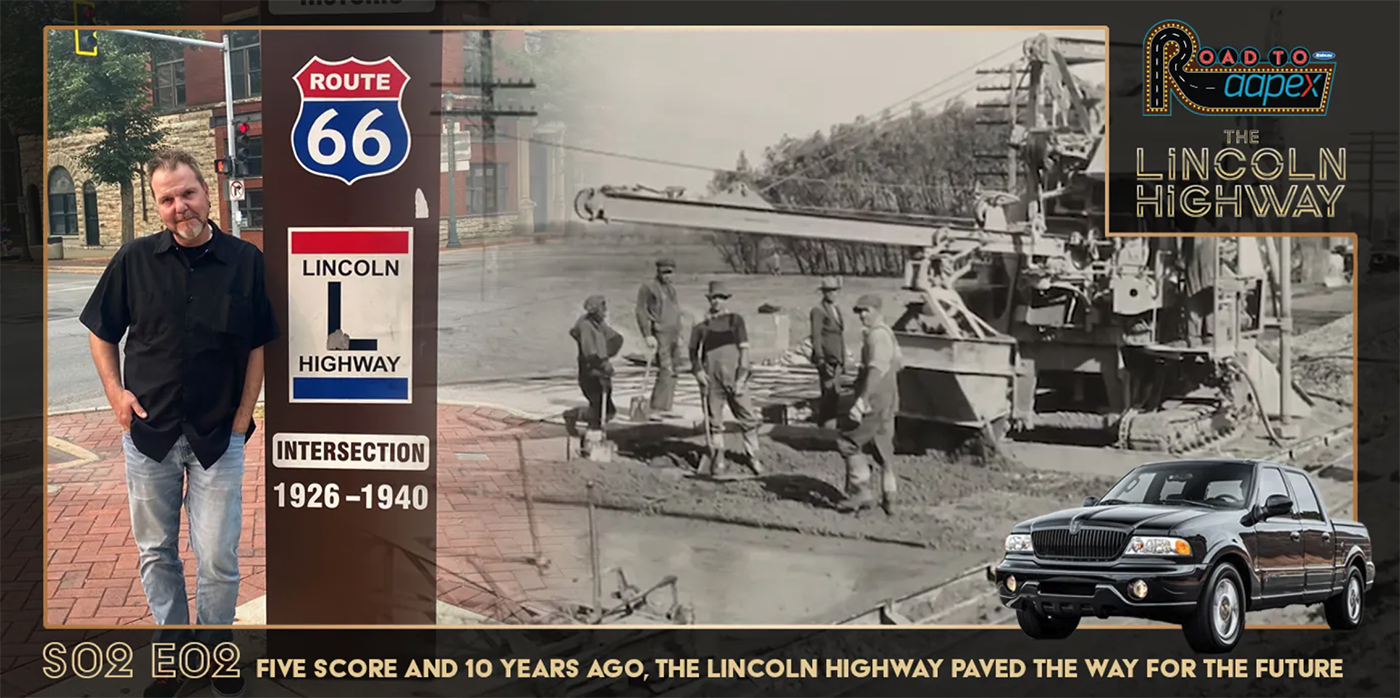Are you getting the most out of it?
While the rest of the world tends to slow down in the fourth quarter, our industry is starting to rev up. That’s because it’s tradeshow season, and the excitement for next year is always palpable!
Every fall, the industry gears up for some of its biggest shows – namely SEMA, AAPEX and PRI. Among plenty of other things that make our fourth quarter a busy one, tradeshows are an imperative aspect of putting a cap on the current year and looking to the future. From face-to-face meetings and educational seminars to checking out what’s new in performance components and machinery to thinking about how to better your business, tradeshows offer a lot of bang for the buck.
What do both companies and individual engine builders do to prepare for these shows? And are you taking advantage of all there is to offer when you’re in attendance?
Engine Builder magazine and its parent company, Babcox Media, does plenty of prep work to attend shows such as SEMA, AAPEX and PRI. These shows are a big investment and we send a lot of people to attend and exhibit. We have to plan our booth designs, our agendas and objectives for the shows, and ultimately think about what the most important use of our time is while we’re there. What do we want to get out of it?
From meeting with readers and current and potential advertisers to covering news from the tradeshow floor, getting photos and technical information for next year’s magazine, there’s plenty to occupy our time.
We talked with several folks about the importance of tradeshow prep and coming in with a game plan to ensure you achieve what you came to achieve. Here’s what they had to say.
The Company Approach

From a business standpoint, Q4 is a busy time for many companies in the aftermarket. Therefore, the need to prep going into tradeshows becomes that much more important to having a successful week. In addition, these companies have to consider end-of-year sales activity, which is the last hoorah for the season.
“It’s an interesting dynamic trying to juggle staff and make sure that you have the right objectives for each event,” says Chris Douglas, COO, COMP Performance Group. “For us, it really starts with a theme or an objective for the show and for that particular cycle and season. Oftentimes, the theme will circle around new product launches. Sometimes it’s more of a trend in the marketplace that we’ve recognized that we think is going to become mainstream. For instance, there have been years that the LS engine platform was certainly a focal point. We’ve supported that with new product launches and incentive programs whether it be on the sales side or the marketing side.”
Despite COMP’s size as a relatively large company in the aftermarket, Douglas says their approach and mindset is a very entrepreneurial one.
“We really work shows from a lot of different angles,” he says. “We will work it from a marketing angle, a technical sales standpoint, a distribution standpoint, and from an executive level, which is about the relationships and what’s going on in the industry. We really look at it as layers and we want to make sure that we’ve got the right personnel to work each layer and have pretty well-defined objectives for each layer.”
Similarly, Sunnen makes sure they are prepared for shows such as PRI by starting the planning process a year in advance. To start, the company’s attention turns to its booth set up and machinery prep.
“We figure out how much floor space we need depending on our product mix,” says Bob Davis, global communications manager for Sunnen. “It’s a long process because we have to order our machines to be built. We’ve done a lot of homework on the best way to manage the logistics of getting our machines to the show, onto the floor, connected to electricity and tested to make sure every machine we take is running with demonstration capabilities.”
Beyond the added planning it takes for a machining company like Sunnen to ensure its equipment is set up properly, the staff who will traveling to the show is also a critical planning aspect.
“When we go to these shows it’s sort of a careful blend of the right mixture of machines and the right number of technicians and sales folks,” Davis says. “We want to make sure we have the right people there who can answer the questions and salesmen are selected based on the market.
Because show attendees want to see how something runs, we take a technician for each machine who can run that machine.”
From there, companies like Sunnen want to make sure its customers and potential customers know what to expect to pique their interest.
“We use email, social media and advertising to let the industry know what new products we’re going to be introducing at the show, and to make sure everybody who’s interested knows what booth number we’re going to be in,” Davis says.
Of course, not all exhibitors are as big as COMP and Sunnen. Dave Visner of Visner Engine Development makes sure he is ready with his latest product offerings.
“As an exhibitor at PRI, we always have our normal products that we bring, but we try to bring the latest and newest stuff we’re doing,” Visner says. “That’s important to us. We start planning usually two or three months ahead of time.”
CWT takes a similar approach to what products it has on the show floor. The company ensures it has machines customers are asking for.
“The key for us is to make sure that we’re listening to the client,” says Randy Neal, CWT. “In other words, what do they need? We listen to the clients and what’s on their radar. We adjust by bringing appropriate machinery. We get a lot of questions, so I support the booth the best I can. I typically take 10 people with me. Our mission is to educate. If we’ve done our job on the front side, the sales take care of itself.”
The Engine Builder Approach
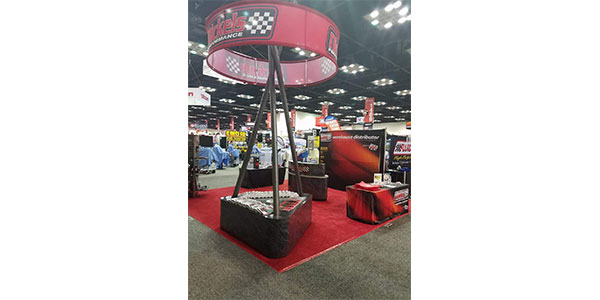
While there is certainly less prep work involved for an engine builder attending one of these tradeshows in comparison to an exhibiting company, that doesn’t diminish the importance of having a plan and executing on it.
“I’ve been going to PRI for 25 years,” Visner says. “If you’re in the business, pretty much everybody in the business needs to be there. We like to check out machinery row because we’re in the manufacturing business.”
Steve Morris of Steve Morris Engines attends shows like PRI to meet with customers and vendors, see what’s new and look at machinery for the future of his shop.
“Everyone has a different plan on what they are trying to do,” Morris says. “For me, it is mainly making contact, working deals with vendors – if not done already – and looking at equipment to purchase. Make your plan and do it.”
While some engine builders may prioritize going to shows every year to see vendors and the latest and greatest stuff, others might only go every so often.
“I generally go to PRI once every five years,” says Mike Moran of Moran Motorsports. “It is enjoyable to go if it’s something you haven’t been to in a few years, because then you’re like, wow, I didn’t even know that company existed!
“When I do go, I’ll usually get a floor layout first and then I’ll circle all the exhibitors I want to go see face-to-face. I’ll circle at least 20 or 30 of them and if I’m lucky I’ll make it to 10 or 15 of them. I do try and have a game plan, but it’s tough to stay on track at a show like PRI where people recognize you or want to stop and talk to you.”
Those little distractions from your day’s agenda can throw you off your plan, and that’s alright. If you’re someone who can easily get distracted, one tactic might be to have an easier schedule while walking a show.
“I have found the best approach is to set up key meetings ahead of time, but only three or four per day,” says Clayton Guinn, purchasing/marketing manager, Nickels Performance. “I also plan meetings for lunch and dinner. Any more than that and it’s too hard to stay on a schedule. I have found it to be surprisingly productive to just ‘free style’ walk the show. If someone I want to talk to is busy, I quickly move on, make a note and return later. I tend to plan my day geographically and always have a required ‘hit list’ before I leave for the show.”
Plan + Execution = Value
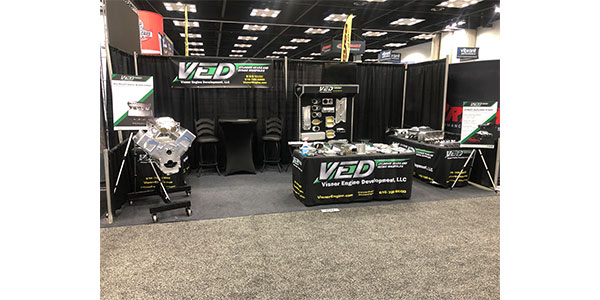
No matter whether your attending a show as part of an exhibiting company or simply as an attendee, make sure you set goals and do your best to accomplish them.
“I think too often attendees and even exhibitors just show up and they stumble through the show for a day or two and they leave with a lot of ‘cool factor,’ but I’m not sure they’ve really accomplished a lot of business at that point,” says COMP’s Chris Douglas. “My encouragement to anyone, especially first-time attendees, is to have a plan. Your plan is going to be modified based on the things that happen on site, but going in with a plan is a key part of the show experience and value.
“Whether you’re an exhibitor or an attendee, you to have some defined objectives of what you want to accomplish. What does success look like coming out the back side of the show? From there, you kind of figure out your combination. I recommend people squeeze as much in as possible when it comes to sessions and activities because you never know which one of those is going to lead to a relationship or a conversation that’s really going to be the ultimate payoff.”
While a lot of people put effort into face-to-face time with vendors and customer and seeing products and machinery, the educational side of shows often get forgotten.
“Some of the things that I think are a bit underutilized are the education courses and classes,” Douglas says. “That really requires an attendee or exhibitor to put in some prep work on the front end. They need to look at schedules and offerings and really have a plan together. When I leave a show, I’m thoroughly exhausted because I want to make the absolute most of it. You never know where that value is going to creep in. But devoid of a plan, people go in, they kind of get overwhelmed and they just kind of amble their way through it. It’s hard for them to really point to the value of the investment that they made to get out there.”
You cannot overstate the opportunity that comes along with attending tradeshows, but it really is what you make of it. The more you put into it – most of the time – the more you’re going to get out of it.
“The one other thing you can’t quantify is the personal relationships that we’ve built up over the years with customers and other industry folks,” Davis says. “Tradeshows give us a chance to network and catch up and socialize with people we don’t normally get to see. We look forward to the social aspects because we’re all sort of one big family in the racing business.”
Because we live in an increasingly digital world, the opportunities to get face-to-face with other industry partners are few and far between. People need to take advantage of those opportunities.
“I think many people, after an exhausting day of the show, want to get away and go have a quiet dinner, and I’m no different,” Douglas says. “That would be my preference, but I just can’t allow myself to not take advantage of those opportunities knowing how precious and rare they are throughout the year. You’ve only got so many hours to get all your business done and you want to make sure you take advantage of every minute.”

